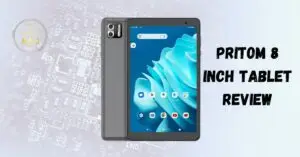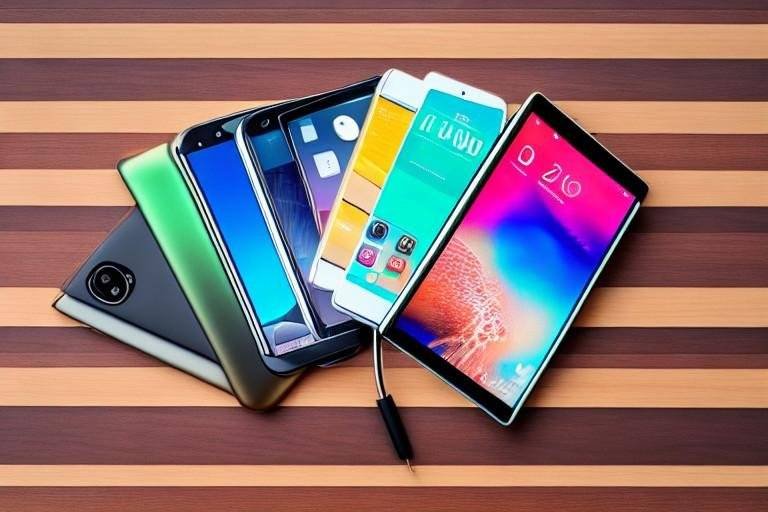
How to choose the right mobile device in 2023
Table of Contents
So you’re in the market for a new mobile device? Good luck with that! With so many options out there, it can be overwhelming to choose the right one. But fear not, dear reader, for I am here to guide you through this daunting process. First things first, let’s talk about why selecting the right mobile device is so important.
Your mobile device is likely something you use every day, for everything from communication to entertainment to work. It’s essential that you choose a device that meets your needs and enhances your life, rather than causing frustration and annoyance. So, what factors should you consider before making a decision?
There’s the operating system, display, camera, battery life, storage, and of course, price. It’s important to think about what’s most important to you and what you can and can’t compromise on. Ready to dive in and find your perfect match? Strap in and let’s go!
As technology continues to evolve, choosing the right mobile device becomes an increasingly challenging task. With a plethora of options available in the market, it’s essential to make an informed decision that meets your needs and budget.
In this comprehensive guide, we’ll walk you through the crucial factors to consider while choosing the right mobile device in 2023, ensuring you make the best choice for your requirements.
Operating System
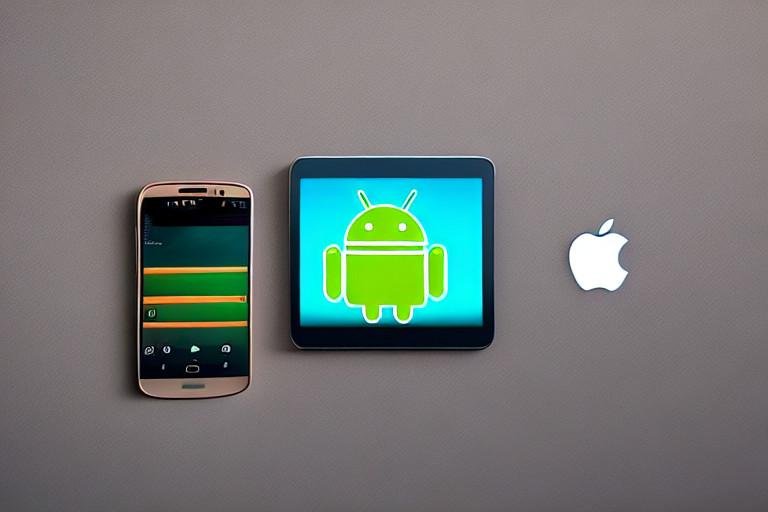
Android vs. iOS
The two most popular operating systems in the smartphone market are Android and iOS. Choosing between these two platforms depends on your personal preferences and requirements. Android offers a more customizable and open ecosystem, with a broader range of devices at varying price points. On the other hand, iOS provides a more seamless and cohesive user experience, with better software and hardware integration. Both platforms have their pros and cons, so it’s essential to weigh your options carefully.
Software Updates and Support
One critical factor to consider when choosing an operating system is the frequency and duration of software updates and support. Apple’s iPhones typically receive consistent updates for a more extended period, ensuring that your device remains up-to-date with the latest features and security patches. Android devices, on the other hand, vary in update frequency and support duration, depending on the manufacturer. Devices from Google, such as the Pixel series, generally receive timely updates and longer support periods.
Processor and Performance
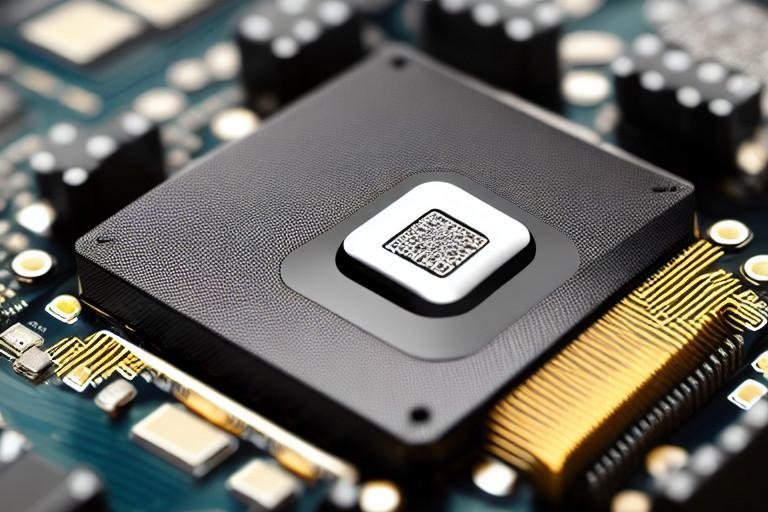
Understanding Processors
The processor is the heart of any smartphone, determining its overall performance and capabilities. When choosing the right mobile device, it’s crucial to consider the processor, as it will impact your device’s speed, efficiency, and multitasking abilities. Some of the leading processor manufacturers for Android devices include Qualcomm, Samsung, MediaTek, and Huawei, while Apple designs its processors for iPhones.
Performance and Multi-tasking
A powerful processor is essential for smooth performance and seamless multitasking. High-end smartphones typically come equipped with top-of-the-line processors, such as the Snapdragon 8xx series or Apple’s A-series chips, ensuring optimal performance in demanding tasks like gaming and video editing. Mid-range and budget smartphones may offer slightly lower performance, but they should still provide a smooth user experience for everyday tasks like browsing, messaging, and multimedia consumption.
RAM and Storage
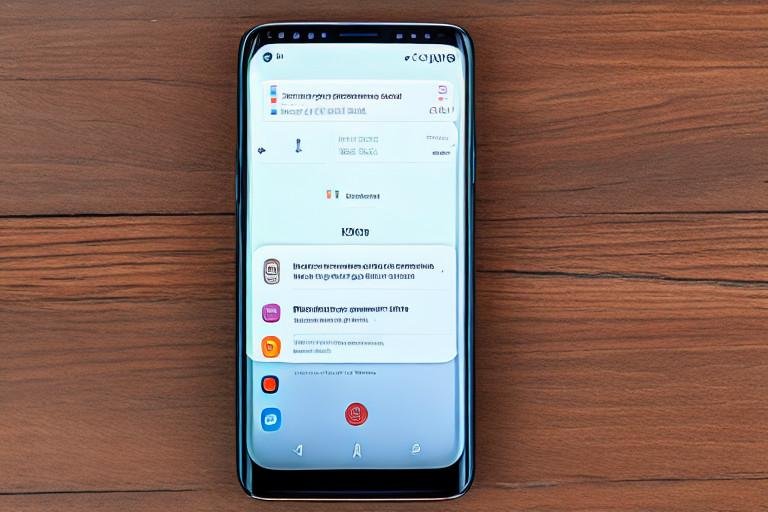
RAM for Smooth Multitasking
RAM (Random Access Memory) plays a crucial role in a smartphone’s performance, especially when it comes to multitasking. A device with sufficient RAM can handle multiple apps simultaneously without any lag or slowdown. For light users, 3-4 GB of RAM should suffice, while power users and gamers may require 6-8 GB or more for a seamless experience.
Storage Options and Expandability
Another critical factor to consider when choosing the right mobile device is storage capacity. With the increasing size of apps, media files, and system updates, it’s essential to have enough storage to accommodate your needs. A minimum of 64 GB is recommended for most users, with 128 GB or more being ideal for those who require additional space. Additionally, some devices offer expandable storage via a microSD card slot, enabling you to increase your storage capacity if needed.
Camera Capabilities
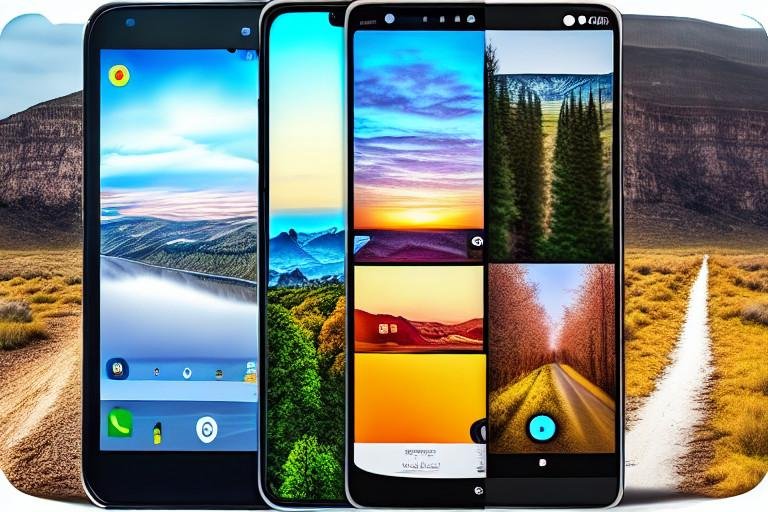
Megapixels and Image Quality
Smartphone cameras have come a long way in recent years, with many devices now featuring high-resolution sensors and advanced computational photography capabilities. When evaluating a smartphone’s camera, it’s essential not to focus solely on megapixel count, as factors like sensor size, aperture, and image processing algorithms also play a significant role in image quality. Look for devices with a proven track record of excellent camera performance, as evidenced by user reviews and professional camera tests.
Camera Features and Functionality
In addition to image quality, consider the various camera features and functionality offered by a smartphone. Many devices now feature multiple rear cameras, including wide-angle, telephoto, and macro lenses, providing added versatility for different shooting scenarios. Features like optical image stabilization (OIS), Night Mode, and AI enhancements can also improve your photography experience.
Display Quality and Size
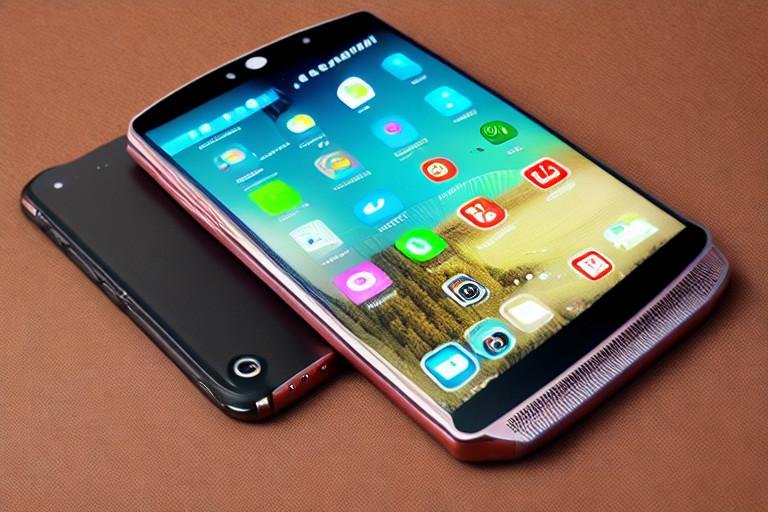
Resolution and Pixel Density
The display is an essential aspect of any smartphone, as it’s the primary interface for all interactions with your device. When choosing the right mobile device, consider the display’s resolution and pixel density (measured in pixels per inch or PPI), as these factors will impact the sharpness and clarity of the screen. A minimum resolution of Full HD (1920 x 1080) is recommended for most users, with higher resolutions like Quad HD (2560 x 1440) providing even more detail and vibrancy.
Display Technologies and Screen Protection
Smartphone displays come in various technologies, including LCD and OLED/AMOLED. OLED and AMOLED displays generally offer better color reproduction, contrast, and power efficiency compared to LCD screens. Additionally, consider the screen protection provided by the device, as a sturdy display with scratch-resistant and shatterproof glass can help prevent damage from accidental drops or impacts.
Battery Life and Charging
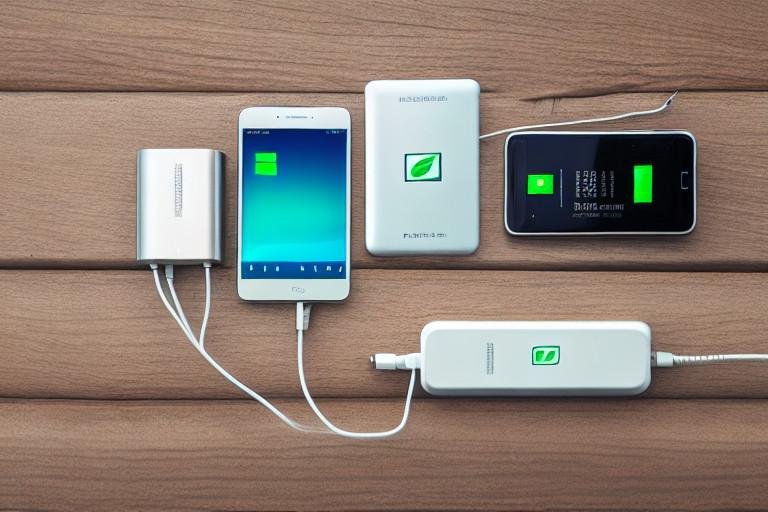
Battery Capacity and Endurance
A device with a long-lasting battery is essential for users who are constantly on the go or rely heavily on their smartphones for various tasks. Look for devices with high-capacity batteries (4000 mAh or larger), as these should provide a full day of usage on a single charge. Heavy users and gamers may prefer devices with even larger batteries (5000 mAh or more) for extended endurance.
Charging Speed and Convenience
With larger batteries becoming more common, fast charging capabilities have also become increasingly important. Many smartphones now support quick charging technologies, enabling you to charge your device at a much faster rate than traditional chargers. Additionally, some devices offer wireless charging support for added convenience and compatibility with a wide range of charging accessories.
Connectivity and Network Support

4G vs. 5G Compatibility
As mobile networks continue to evolve, it’s essential to consider whether a device supports the latest network technologies like 5G. While 5G coverage is still expanding, investing in a 5G-compatible device can future-proof your purchase and ensure that you are ready to take advantage of faster network speeds when they become more widely available.
Additional Connectivity Features
Apart from network support, consider other connectivity features that may be important for your usage, such as Wi-Fi compatibility (including dual-band support), Bluetooth version, NFC for contactless payments, and the availability of a dual SIM card slot or expandable storage options.
Software Experience and User Interface
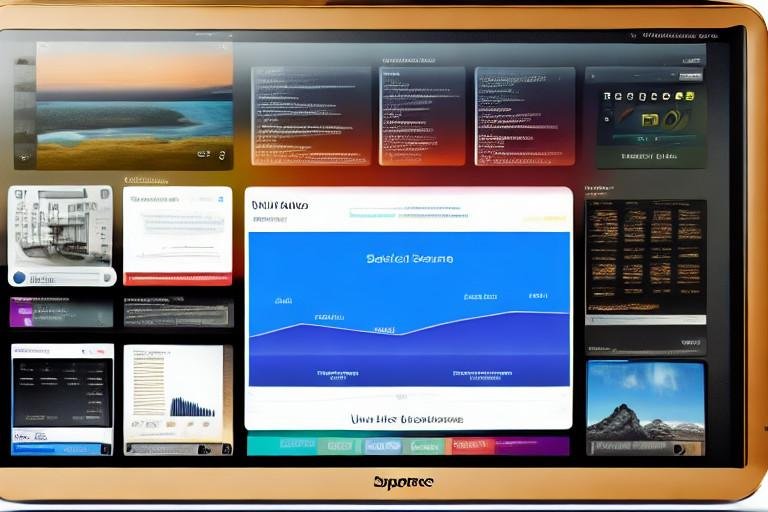
Custom vs. Stock Android
Most Android devices come with a custom user interface (UI) built on top of the base Android operating system. These custom UIs often include additional features, customization options, and pre-installed apps but may also impact performance and update frequency. If you prefer a clean and uncluttered software experience, look for devices that offer a stock Android experience or feature a minimalistic UI like OnePlus’s OxygenOS or Samsung’s One UI.
Bloatware and Pre-Installed Apps
Bloatware refers to pre-installed apps and services that come with a smartphone, which may not always be useful or necessary for every user. Some devices, particularly those from budget manufacturers, may include a significant amount of bloatware, which can impact performance and storage space. Opt for devices with minimal bloatware or the ability to uninstall or disable unwanted apps, ensuring a cleaner and more efficient software experience.
Additional Features and Considerations

Durability and Build Quality
When choosing the right mobile device, consider the build quality and durability of the device. Look for devices with sturdy construction, such as metal or glass builds, and additional features like water and dust resistance (indicated by an IP rating) to ensure your device can withstand daily wear and tear.
Audio and Speaker Quality
For users who value audio quality, consider devices with high-quality speakers, support for high-resolution audio codecs, and features like Dolby Atmos or DTS:X for an enhanced audio experience.
Security and Biometrics
Many smartphones now offer biometric security features like fingerprint scanners and facial recognition for added convenience and protection. Consider your preferred security options and the reliability of the biometric features offered by a device.
By considering these factors and weighing your options carefully, you’ll be well-equipped to choose the right mobile device that meets your needs and budget in 2023. Remember to read user reviews, watch hands-on videos, and compare specifications to make the most informed decision possible.
Budget choose the right mobile device
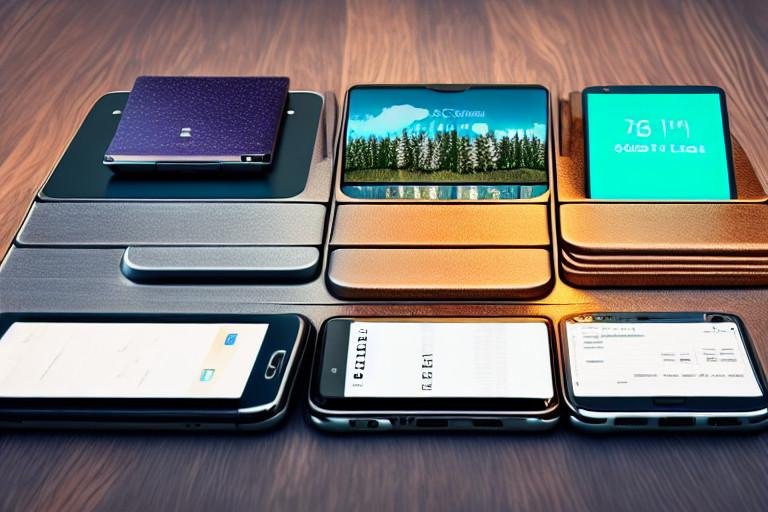
Establishing Your Budget
The first step in choosing the right mobile device is determining your budget. With a wide range of prices, smartphones are available at various price points, catering to different segments of the market. It’s essential to know how much you’re willing to spend, as this will help you narrow down your options and focus on devices that fall within your budget.
Premium Brands vs. Budget-Friendly Options
While premium brands like Apple and Samsung offer top-of-the-line smartphones with cutting-edge features, they often come with a hefty price tag. However, there are several budget-friendly options from brands like Xiaomi, OnePlus, and Realme that offer excellent value for money. These devices may not have all the bells and whistles of their high-end counterparts, but they provide a solid performance at a fraction of the cost.
Once you’ve considered these factors, you can start narrowing down your choices. Here are a few of the best mobile devices on the market in 2023:
Samsung Galaxy S23 Ultra:
The Samsung Galaxy S23 Ultra is the best all-around mobile device on the market. It has a powerful processor, a long-lasting battery, a great camera, and a large, high-resolution display.
Do you konw about Samsung Galaxy S24 Ultra
Google Pixel 7: The Google Pixel 7 is a great choice for Android users. It has a clean design, a powerful Tensor chip, and a versatile camera system.





